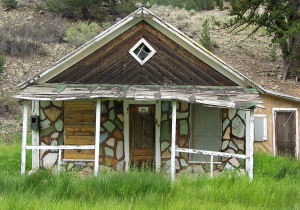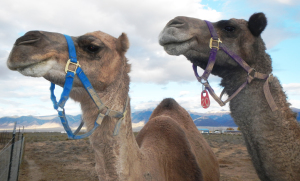Plight of the Dam’d Rascals
By Tom Rollings
178 pages, Dog Ear Publishing 2014
ISBN: 978-1-4575-2950-4
Reviewed by Forrest Whitman
Literally thousands of books and articles have been written about the Zebulon Pike Expedition of 1806-1807. The expedition is especially interesting to readers from Central Colorado, since many of the dramatic events on Pike’s long trek occurred right here. This newest book is by a Pike storyteller and writer Tom Rollings who lives in the Central Colorado area. His reading at the Book Haven in Salida on Dec. 9 should draw a crowd.
 Books about Pike split down the middle. On the one hand are writers like Rollings who worship Pike and write about him as if he were something of a tough saint. On the other side are those who think Pike was a terrible leader. A leader of troops has a duty to bring his men back in decent shape. Pike’s men suffered the loss of limbs due to frostbite, and some were crippled for life. This school of thought says that only Pike’s egotism and desire to be a hero led him to keep on. Also criticized is the fact that Pike never seems to have believed he was sent on a suicide mission by General Wilkinson. Wilkinson was a double agent who told the Spanish all about the mission in advance. Plenty has been written on both sides of the debate about Pike’s leadership.
Books about Pike split down the middle. On the one hand are writers like Rollings who worship Pike and write about him as if he were something of a tough saint. On the other side are those who think Pike was a terrible leader. A leader of troops has a duty to bring his men back in decent shape. Pike’s men suffered the loss of limbs due to frostbite, and some were crippled for life. This school of thought says that only Pike’s egotism and desire to be a hero led him to keep on. Also criticized is the fact that Pike never seems to have believed he was sent on a suicide mission by General Wilkinson. Wilkinson was a double agent who told the Spanish all about the mission in advance. Plenty has been written on both sides of the debate about Pike’s leadership.
The charm of this book lies in the careful way Rollings intersperses his narrative with excerpts from Pike’s journals: for instance, the famous Christmas Eve in 1806 when the men were frozen and starving but were saved when animals were killed. Nothing can match Pike’s own words: “Sparks arrived and informed us he had killed four cows. Thus from being in a starving condition we had eight beeves in camp.” Unfortunately, Rollings also includes pages from one of the early romantic writers about the expedition, Robert Ames Bennet. Bennet’s 1909 novel doesn’t fit with a book aiming for historical accuracy.
After Pike discovered that the Arkansas River was not the Red River, he had one of his many chances to head home (as Rollings admits). Instead, Pike decided to cross the Sangres in hopes of finding the Red. Many think this was a terrible decision made in the dead of winter. Pike had to leave four men behind who were suffering from severe frostbite. Two were simply abandoned because they could not move. Another was left behind later. Only after Pike was captured by the Spanish did the Mexican soldiers retrieve those who had been left in the snow to fend for themselves. Some of Pike’s men were crippled for life. The whole party did make it to the San Luis Valley, where they were arrested by the Spanish. Rollings tells this tale well.
Rollings has written a book well worth reading. No one can deny the achievement of Pike and his rascals described here. Was it worth the price to some of his men? Would knowledge of the Southwest have come along inevitably over the next years? That’s up to the reader to decide.




